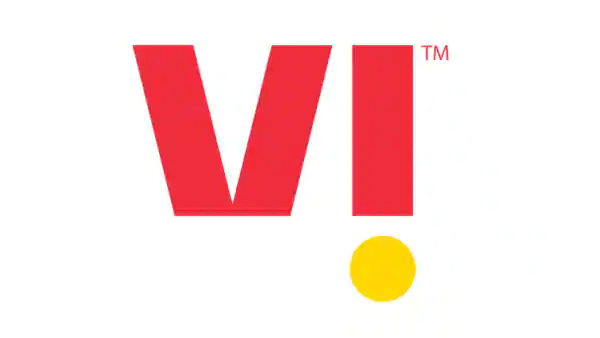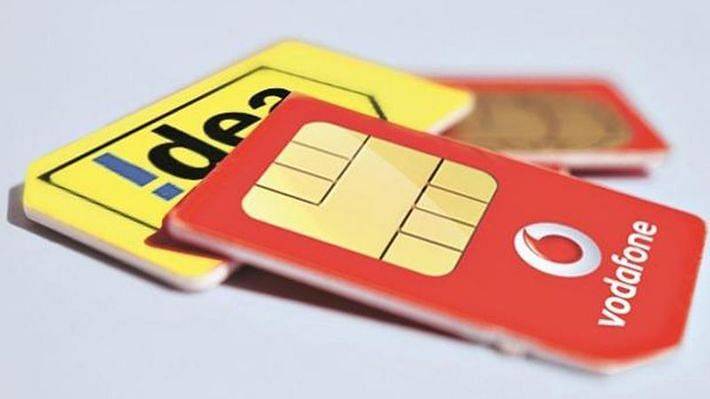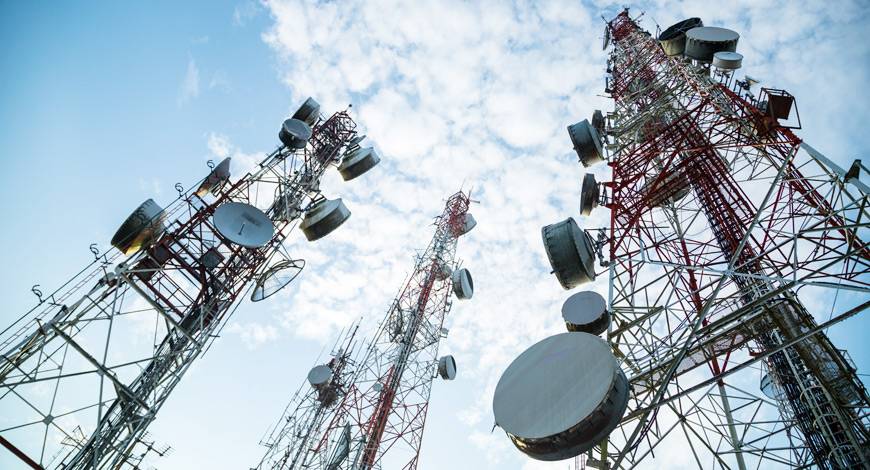Analysis of Government Arrival in The Indian Telecom Sector
Something has been committed by the Indian telecom sector that no analysts or experts had anticipated. Well, many might anticipate or might be concocting certain political blunders, this instant, the action is too complex and strategic.
The Indian government, in a recent turn of surprising events, has entered the telecom sector by picking up a stake in a telecom operator. This certain telecom operator was on the verge of a collapse just a few months ago that had wreaked havoc in the sector.
Thus, given the debilitating circumstances under which the government has come to rescue, a certain message by the government should be made clear.
Through such a takeover, the government has proved that it solemnly wouldn’t want the Indian telecom sector to become a duopoly. Here it is to be noted that the duopoly players could have been the Reliance Jio and the Airtel.
 Having stated the government’s response to the dying ambitions of the Vodafone, how did the market take the news? The market response, at best, can be described as disappointing and averse. This has been corroborated through Vodafone Idea’s shares dipping by as much as 19% in early trade after the brutal announcement was made.
Having stated the government’s response to the dying ambitions of the Vodafone, how did the market take the news? The market response, at best, can be described as disappointing and averse. This has been corroborated through Vodafone Idea’s shares dipping by as much as 19% in early trade after the brutal announcement was made.
This clearly suggests the market’s subdued enthusiasm over the government’s entry as a shareholder in the market.
But what could have led to such an averse and spooky behavior that was displayed by the market yesterday?
It is to be noted that the market is emphatically asking a single question: was there really a need for the government to take over yet another telecom?
History bears testimony to the fact that government-led organizations’ are a euphemism that is used for an unattractive, unprofitable, and low on efficiency organization. Thus, various questions are being raised on the government’s ability to steer the ship of Vodafone Idea.
This also comes after the government-run BSNL performance that hasn’t gone up the ladder of success for quite some time now.
 Are such fears unwarranted?
Are such fears unwarranted?
- But are such biased fears unwarranted? Many analysts would like to argue that this does not have to be the case. This is specifically due to the fact that such pessimism is unwarranted if the government will not meddle with the management of the Vodafone Idea.
- In fact, many experts will also like to present the opinion that perhaps such a takeover will actually prove to be useful for the stakeholders.
- This can be beneficial for both Vodafone Idea and BSNL MTNL’s subscriber base and the investors as a whole. There is a sound argument that if the two entities namely the BSNL and the Vodafone are merged, this could prove to be a timely profitable venture, especially with the arrival of the 5G era in the country.
- The pair can make a great match given BSNL’s pan India wired coverage and the Vodafone Idea’s wireless coverage. This could optimistically complement well each other and assist both the giants to make a competitive pair in the sector, giving the competition to the rivals Reliance Jio and Airtel.
- What can materialize into a successful story is the realization of synergy gains that can be due to the act of asset sharing agreement on 2G, 4G & later 5G.this could emphatically prove to be successful as the two companies will have an effective chance to leverage each of their assets and use their customer base to expand.
- This will emphatically and significantly help Vodafone to clear off its balance sheet and avoid the interest costs by effectively and strategically clearing the path for its profitability.
- However, it is to be noted that everything is easier in the theory than on the ground level. This too is true for the situation of Vodafone in the telecom sector.
- It might be delightful to narrate the synergy gain analysis, but it is quite easier said than done. With the government having a seat at the management table, things can go fairly south, quite quickly, just as it had been anticipated to go up.
- Where many are of the opinion that the government’s takeover can be a worse remedy for a dying Vodafone, very few have their faith in the government’s ability to turn the enterprise into a profitable venture.
- The government doesn’t only face the problem of a dying dream but also of different cultures that need to be integrated if the government wants to amalgamate an Indian company and a global company culture.

- It is to be noted that the telecom sector in India has come a long way since 1991. The 1990s are the times that remind us of the Monopoly of state-run MTNL, BSNL, that had captured the market.
- Such a scenario can be seen playing out even today with the threat of Reliance -Jio and Airtel to capture the market burgeoning every day. Though, many might argue that since JIO’s inception Data prices have plummeted but given that it might be heading towards the monopoly position, such graces can in no time vanish.
- Certain legality issue that has come to the fore, with the government’s involvement in the sect
or. It refers to the government’s role as a regulator and as a buyer and provider of service in the same sector. - With the government governing the sector with its laws and regulations and also acting in the capacity of being an investor in the two largest telecom giants, can it be trusted to play fair and square? Certain analyst
 and experts have cast their doubts on the issue of the government playing two roles at once in a sector.
and experts have cast their doubts on the issue of the government playing two roles at once in a sector.- Many fear that with increased inefficiency, the sector will also witness undue advantage through policies to nurture the same. Maybe the government will act responsibly, and the precedent will be set. But can such a motive be positively achieved; one has no choice but to be a bit dicey about it.
But who will be responsible for the funding? - Given the aforementioned fears and doubts that linger upon the leadership of the government, another unsettling fact has to be Vodafone’s urgent requirement for funds to expand its network capabilities for the 5G era.
- Though the recent tariff hikes might have eased the arduous nature of the problem, this is a temporary solution for the short-term cash flow crunch. Given, Vodafone’s odious conditions, it sure needs more than just a short-term CAPEX boost.
- Thus, before Vodafone is made a success story, its empty hollow coffers of opportunities need to be filled with conviction, Capex, and strategy.
- Will the government be able to work in the favor of the Vodafone Idea’s stakeholders and investors? Perhaps, it is something we’ll have to wait and watch, as the next few months will prove to be highly critical for the telco’s future.
Tags related to this article:
telecom industry in India, telecommunication industry in India, Indian telecom service, Indian telecom operators, Indian telecom sector, telecommunication sector in India, future of telecom industry in India, Indian telecommunication services, Indian telecom authority, factors affecting telecom industry in India


 In addition to court proceedings, another potential discouragement that has come for various other investors is that Kumar Mangalam Birla has stepped down as non-executive director and non-executive chairman of Vodafone Idea. Additionally, much to the dismay of the telecom giant and its investors, he has offered the government to buy out Aditya Birla’s group’s stake in the
In addition to court proceedings, another potential discouragement that has come for various other investors is that Kumar Mangalam Birla has stepped down as non-executive director and non-executive chairman of Vodafone Idea. Additionally, much to the dismay of the telecom giant and its investors, he has offered the government to buy out Aditya Birla’s group’s stake in the  However, banks that are already marred with a huge number of defaulters like PNB will not be highly affected by such a debacle. This is due to the fact that PNB’s stake in the company is not very high, thus, it is not going to impact PNB’s balance sheet.
However, banks that are already marred with a huge number of defaulters like PNB will not be highly affected by such a debacle. This is due to the fact that PNB’s stake in the company is not very high, thus, it is not going to impact PNB’s balance sheet.
 As previously stated, the company’s prospects for raising funds appear bleak. But why are Vodafone’s investors blocking the company’s last hope of survival? Any new strategic investor will be putting billions of dollars into the government coffers, which is a necessary fact. This practically means that the funds will be transferred to the government rather than being strategically or successfully reinvested in the company to prepare it for the new 5G world.
As previously stated, the company’s prospects for raising funds appear bleak. But why are Vodafone’s investors blocking the company’s last hope of survival? Any new strategic investor will be putting billions of dollars into the government coffers, which is a necessary fact. This practically means that the funds will be transferred to the government rather than being strategically or successfully reinvested in the company to prepare it for the new 5G world. The whole shambles began after the Supreme Court ordered telecom companies to pay their AGR debts. The AGR-related dues to the government totaled Rs 93,520 crore, and they had to be paid over a ten-year period. Though Vodafone filed a review petition but considering the past events the chances of overturning the judgment are quite less.
The whole shambles began after the Supreme Court ordered telecom companies to pay their AGR debts. The AGR-related dues to the government totaled Rs 93,520 crore, and they had to be paid over a ten-year period. Though Vodafone filed a review petition but considering the past events the chances of overturning the judgment are quite less.

